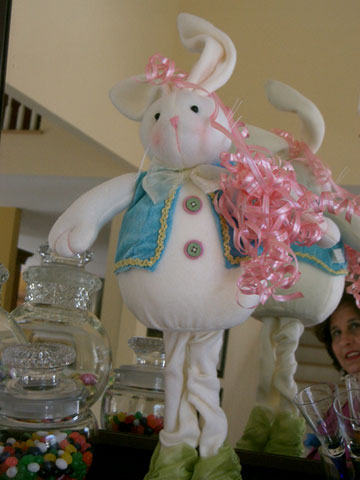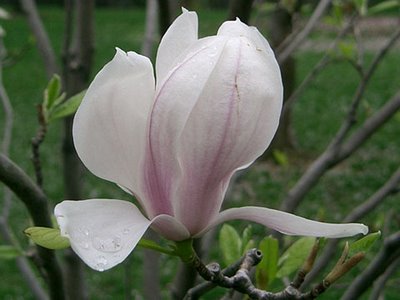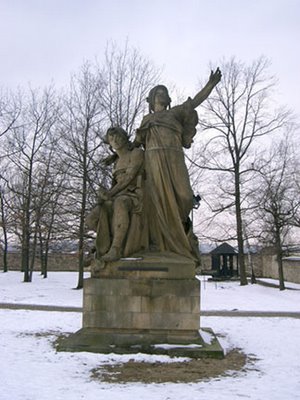
I just finished this book. It is mind and soul-altering. It is a work of art – a tapestry created before your eyes. It is fine and detailed, created with love and thoughtfulness about a time and place that was so brutal, one needed to try to block it out of ones’ soul. Outside reality was as harsh as a small cement cell with only a small hole up high to let in light, the hole being too high to look out of. The story is the wild rose bush growing up and over the outside of the cell. It is the bird singing on its roof, the rainbow’s light piercing the small hole. These two layers; the harsh brutality on the bottom and the roses, birds and rainbows on top, are woven together into this beautiful story of survival, passion, resilient spirit, and hope. It is a book about books – many that I shamefully have not read, but will now spend the rest of my life catching up on, so that I can know this inner literary world that Azar Nafasi, the author, opens up to us. It is the story of a teacher and a small group of her students who get together informally, in her apartment, where they can take off their veils and discuss fiction, freely.
Here are some of my favorite quotes, although the book is full of beautiful and provoking thoughts and prose.
“It had become a habit with us, a permanent aspect of our relationship, to exchange stories. I told them that listening to their stories, and through living some of my own, I had a feeling that we were living a series of fairy tales in which all the good fairies had gone on strike, leaving us stranded in the middle of a forest not far from the wicked witch’s candy house.”
“Life had acquired the texture of fiction written by a bad writer who cannot impose order and logic on his characters as they run amok.”
“Remember all that talk of yours about how the first lesson in fighting tyranny is to do your own thing and satisfy your own conscience?”
This is just the first half of the story, however. The other half involves reading this book as a layer over our own bizarre fairy tale reality and our need to create The Enemy.
I highly recommend this book.
















































